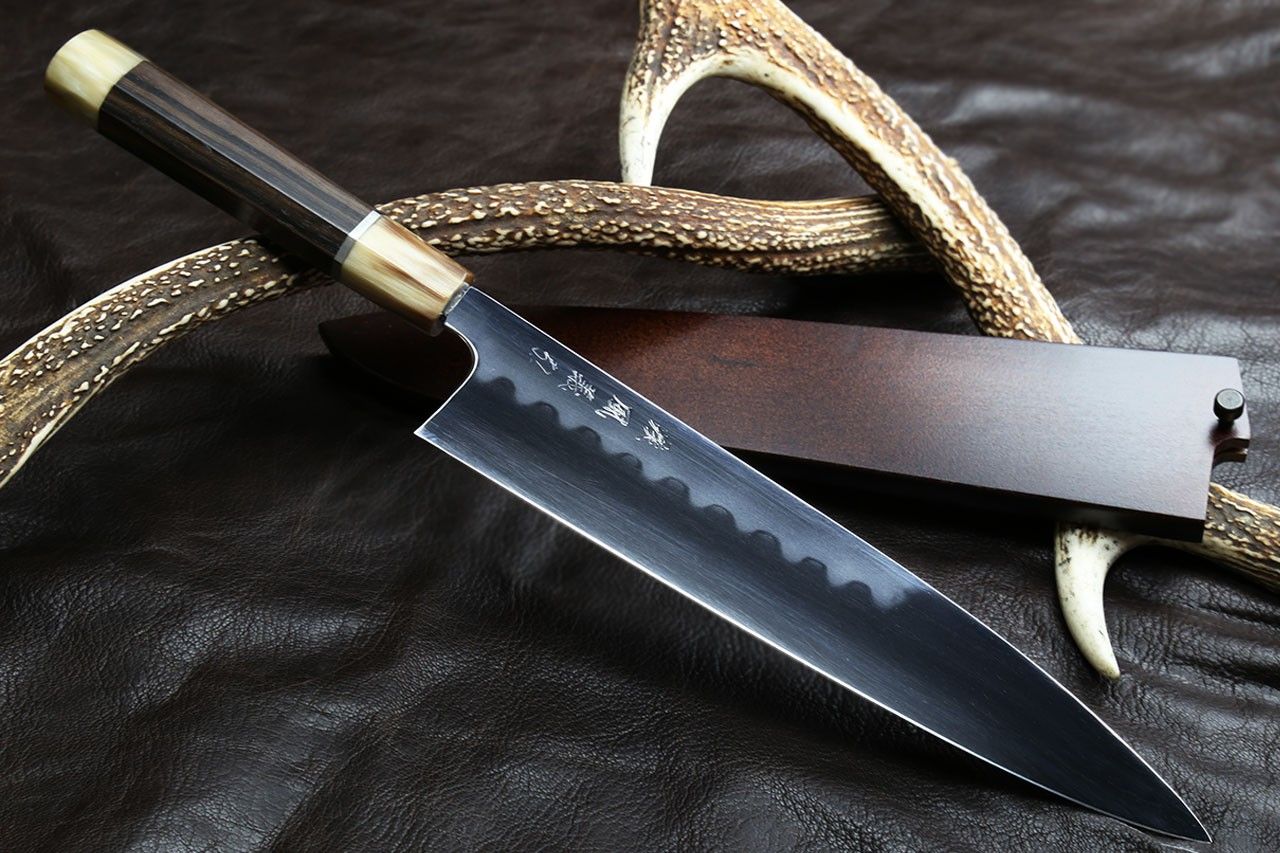malexthekid
Senior Member
- Joined
- Jan 28, 2014
- Messages
- 1,965
- Reaction score
- 9
Sorry but just want to clarify are you talking honyaki in general or specifically mizu honyaki (aka water quenched).
Isn't the extra edge retention more a factor of gettin lg a slightly higher HRC with honyaki than other blades types
Isn't the extra edge retention more a factor of gettin lg a slightly higher HRC with honyaki than other blades types






